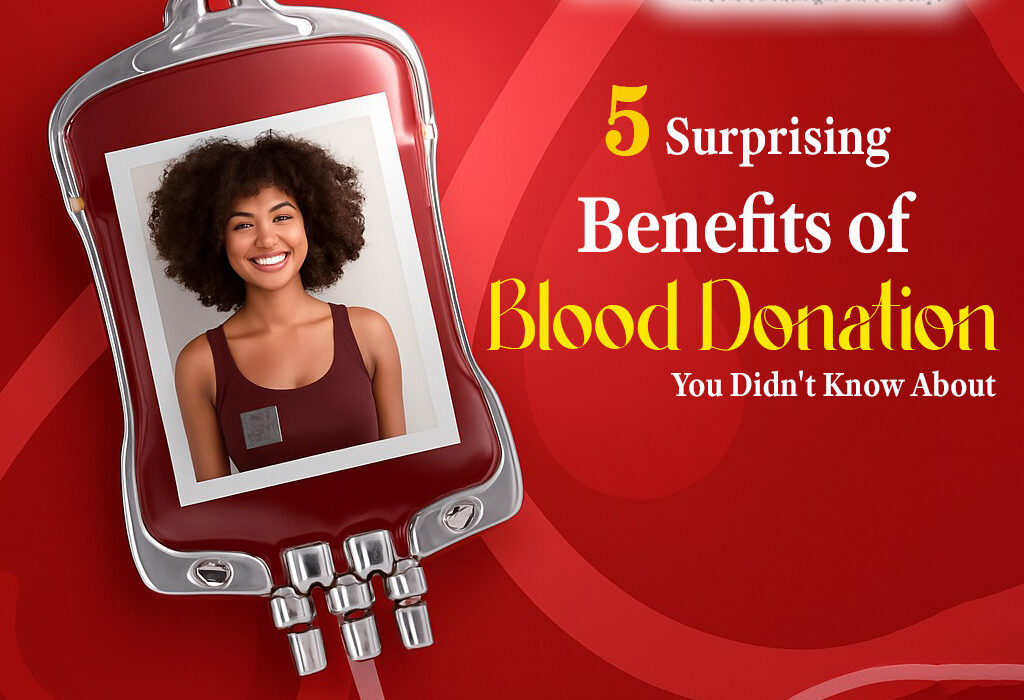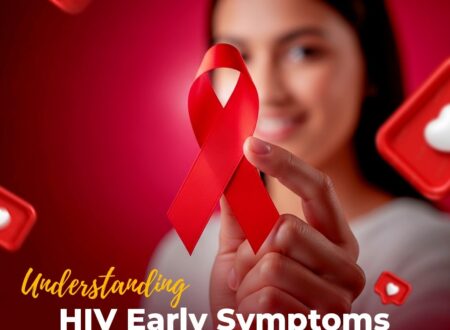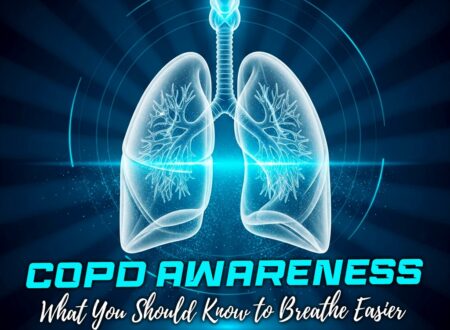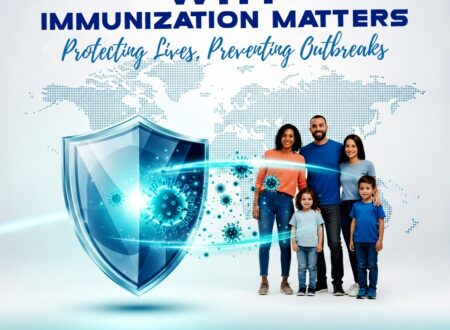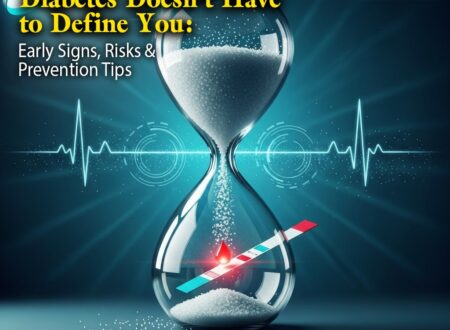Every time the sterile needle pierces a donor’s vein, a silent symphony of biological renewal begins—one that saves lives while secretly nourishing the giver. Across India’s bustling donation camps and air-conditioned hospital banks, millions partake in this ritual of generosity, unaware they’re activating profound physiological transformations. Beyond the noble act of saving accident victims or cancer patients lies a fascinating terrain of personal wellness rewards modern science is only beginning to map. Let’s unravel these five surprising benefits of blood donation that transform altruism into a powerful act of self-care.
1. Your Cardiovascular System’s Silent Revolution:
Imagine giving your heart the equivalent of a precision-engineered tune-up. When you donate blood, you’re fundamentally resetting your body’s iron metabolism—a process with staggering implications for cardiovascular health. Urban Indians face particularly high risks; our diets rich in ghee, red meat, and fortified foods create iron overload in 65% of city dwellers according to AIIMS research. This excess iron oxidizes LDL cholesterol into arterial plaque, thickening blood viscosity like molasses in winter. Regular donation reduces iron stores by nearly 30%, thinning the blood and easing pressure on vessel walls. The evidence is compelling: a landmark study in the Indian Journal of Hematology tracked regular donors showing 33% lower hypertension rates than non-donors. As Bengaluru-based donor Karthik shared on Quora after four annual donations: “My cardiologist was stunned when my borderline hypertension normalized without medication.”
2. The Unspoken Diagnostic Powerhouse:
Each donation session doubles as a confidential health screening that would cost thousands at private labs. While most know about mandatory HIV and hepatitis tests, few realize these vials reveal subtle whispers of brewing health issues. Hemoglobin dips flag early anemia—critical in a nation where 53% of women suffer from this condition according to NFHS-5 data. Irregular antibodies might hint at autoimmune disorders months before symptoms surface. Some progressive centers like Mumbai’s JJ Hospital now screen donated plasma for glucose irregularities, catching over 120 pre-diabetic cases annually. “We’ve detected everything from rare blood disorders to early kidney issues through donation screenings,” explains Dr. Aruna Poojary, a transfusion medicine specialist with 27 years’ experience. “For many low-income donors, this becomes their only preventive healthcare touchpoint.”
3. Cellular Rebirth and Metabolic Renewal:
The moment your blood leaves your body, a remarkable regenerative cascade begins. Within 48 hours, bone marrow stem cells kick into overdrive, manufacturing fresh red blood cells that carry 20% more oxygen according to Transfusion Journal studies. This isn’t mere replacement—it’s an upgrade. Mitochondria, the cellular power plants, operate at heightened efficiency. Even your DNA benefits: research in Nature Communications discovered frequent donors have telomeres (protective chromosome caps) 15% longer than non-donors—a key marker of slowed biological aging. While the oft-quoted “650 calories burned” statistic makes for catchy headlines, the true metabolic magic lies in this systemic rejuvenation. Kerala’s Sports Authority even recommends controlled donation for athletes preparing for high-altitude competitions, noting improved oxygen utilization during training.
4. The Neuroscience of Generosity:
That warm glow flooding you post-donation isn’t just psychological satisfaction—it’s biochemistry in action. As the needle withdraws, your brain releases a potent cocktail of oxytocin (the bonding hormone), serotonin (nature’s antidepressant), and endorphins (endogenous painkillers). This “helper’s high” creates measurable effects: Tata Memorial Centre’s donor surveys show 78% report euphoria lasting days, while the Indian Journal of Psychiatry documents regular donors having 32% lower depression risk. The benefits compound socially too. Chennai’s “Life Savers Group”—a community of O-negative donors who meet quarterly—reports stronger social bonds than most fitness communities. “We’ve seen marriages form, business partnerships launch, even depression lift through this shared ritual,” notes founder Rajesh Menon. “The blood donation couch often becomes a confessional booth.”
5. The Longevity Dividend:
Perhaps the most profound revelation lies in donation’s impact on lifespan. Free iron circulating in your system acts as fertilizer for cancer cells—particularly in the liver and colon. By regularly reducing ferritin stores through donation, you potentially lower liver cancer risk by 33% according to Journal of the National Cancer Institute data. Villages near Pune with high donation participation show a striking pattern: 27% longer disability-free life expectancy compared to low-donation regions. “It’s not just about adding years to life,” explains gerontologist Dr. Meera Krishnan, “but life to years. Reduced oxidative stress from controlled iron levels preserves cognitive function and mobility.”
MEN’S HEALTH MATTERS: WHAT EVERY MAN SHOULD CHECK BEFORE TURNING 40
The Ripple Across Our Society:
Your solitary act in the donor chair creates concentric waves of impact. Consider India’s grim arithmetic: we need 15 million blood units annually but collect only 12 million, leaving thalassemia children and accident victims scrambling for donations. Each pint you give saves three lives directly—but also stocks plasma for burn victims, supports obstetric emergencies, and fuels medical research. During the 2018 Kerala floods, it was regular donors’ contributions that maintained critical reserves when roads were impassable. Rare blood networks like the Bombay Blood Group community demonstrate how sustained donation builds literal lifelines across caste, class, and creed.
Becoming a Conscious Donor: An Indian’s Guide:
Preparing mindfully transforms donation from a sporadic act to a wellness ritual. Begin 48 hours prior by fortifying your body with iron-rich foods: spinach sautéed with lemon (vitamin C enhances absorption), jaggery in your chai, and protein-packed lentils. Hydration is non-negotiable—aim for three liters of water daily to plump veins and ease flow. Post-donation, embrace the recovery: sip the nimbu pani offered at centers (the vitamin C aids iron absorption), avoid lifting heavy kolams or gym weights for five hours, and consider an iron supplement after consulting your physician. Dispel common myths—eligibility spans 45-77kg bodies and 18-65 years (extendable to 70 with doctor clearance), and the momentary needle sting fades faster than a mosquito bite.
The Generosity Loop:
These five surprising benefits of blood donation reveal a profound truth: when we give life, we receive vitality. The heart that pumps renewed blood, the cells humming with fresh oxygen, the mind bathed in neurochemical bliss—all testify to biology’s reward for compassion. As you walk out of the donation center, you carry more than a bandaged arm and a biscuit packet; you hold evidence that human bodies thrive when we serve each other.

